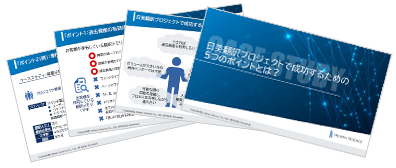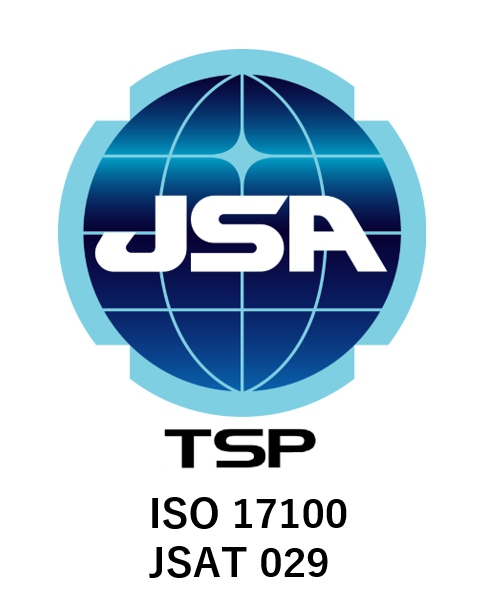UI and Software Translation
- Localization: HOME
- Search by Purpose
- UI and Software Translation
Expert reviewers familiar with the industry and business
guarantee translation quality
Human Science specializes in the translation and localization of GUI/UI (graphical user interface/user interface) elements such as menus, buttons, and messages that appear in software, applications, and product operation screens. Our reviewers and SEs, who are well-versed in that industry and its operations, are in charge of such tasks.
We have supported many companies, including global corporations.
Business History
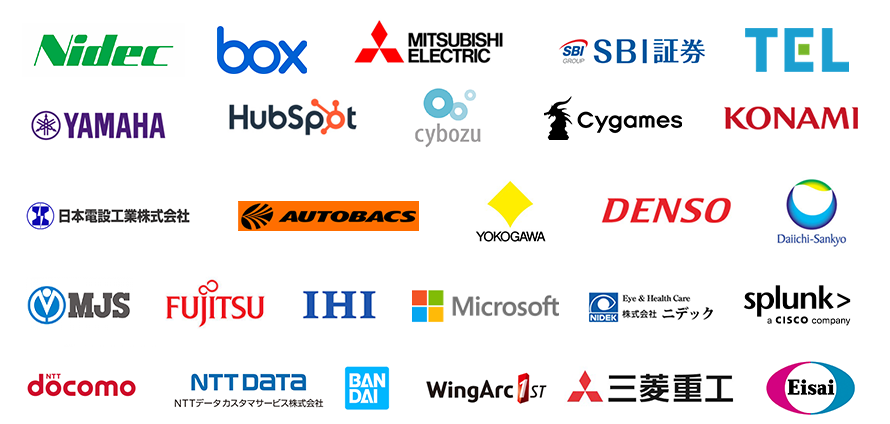
Supported Languages
| Japanese | |
| English (US, UK, Australian) | |
| Asian languages | Chinese (simplified/traditional)・Korean・Thai・Lao・Malay・Vietnamese・Burmese・Tagalog・Indonesian・Turkish・Hindi・Kazakh |
| Western languages | French・Italian・German・Spanish・Iberian Portuguese・Dutch・Greek・Brazilian Portuguese |
| Eastern European languages | Czech・Polish・Russian・Romanian・Bulgarian・Hungarian・Slovenian・Slovak・Estonian・Ukrainian・Lithuanian・Latvian・Belarusian・Georgian・Bosnian・Croatian・Serbian・Armenian・Macedonian |
| Nordic languages | Danish, Swedish, Norwegian, Finnish |
| Middle Eastern Languages | Arabic・Hebrew |
| North American Languages | Canadian French |
| South American Languages | Brazilian Portuguese, Latin American Spanish, Mexican Spanish |
Features
1. Collaborative translations by a reviewer with SE experience and a reviewer who specializes in Japanese expression

The part of software that serves as the point of contact with users is called the user interface (UI). This includes menus, buttons, and messages displayed on the screen. In software localization, translation of the UI is a crucial aspect. If the UI is easy to understand at a glance, it increases user satisfaction and brings benefits such as reducing the number of inquiries to the call center. To enable users to intuitively perform the correct operations by looking at menus and buttons, concise and clear translations are necessary.
At Human Science, technical reviewers with SE experience and linguistic reviewers who specialize in Japanese expressions collaborate to provide reliable translations for UI and software.
2. Shortening translation times by utilizing technology
At Human Science, we are automating tasks by using tools to improve translation efficiency.
This leads to more efficient work and faster deliveries.

Extracting Translation Targets
When translating UI and software, extracting the text to be translated from the source file is a challenge.
Human Science utilizes technology by, for example, independently creating configuration files that identify which parts of the source file should or should not be translated, enabling efficient and proper preparation for translation.
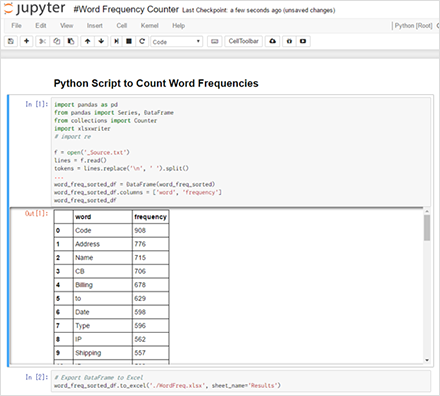
Creating Glossaries
By automatically extracting frequently used terms contained in source files, it is possible to reduce the workload of creating glossaries.
As an example, it is possible to create a script in the programming language Python to extract frequently used terms contained in source files.
3. Operation verification by SEs proficient in testing work
Testing is the process of verifying the functionality of localized versions of software and web services.
Once the environment is set up and the translated UI in English and other languages has been embedded, we confirm the display and operation and handle any bug fixes.
We check according to a list to ensure there are no translations that do not match the functionality and that the terminology and expressions throughout the product are consistent.
Our SEs, who are well-versed in testing tasks, provide detailed support tailored to the customer's requests.
In particular, in web service development, since the verification and improvement processes proceed continuously, a dedicated testing team is assigned to work closely with the development side and carry out ongoing tasks.
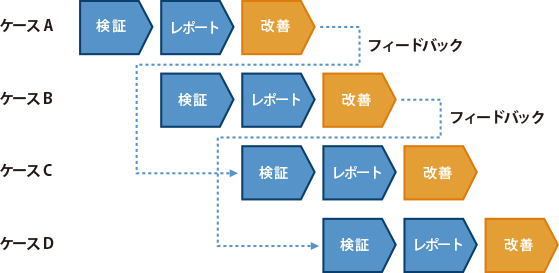

 HP Company
HP Company
 Microsoft Japan
Microsoft Japan
 Rosetta Stone Japan
Rosetta Stone Japan
